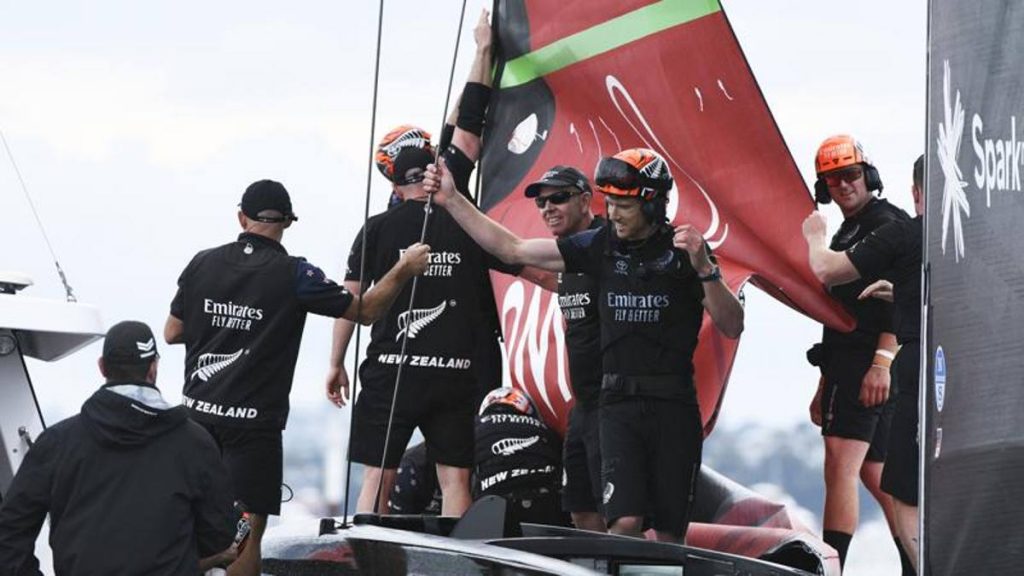
America’s Cup, New Zealand Secrets: Creativity, Engineers and Champions
Burling as Coutts: When gold medalists collaborate with designers to make the boat move faster…
When he interviewed Peter Berling after the sixth race he won, he said, “We still want to learn,” to a public laugh. The low position is very suitable for this team that, after the initial skirmish, clearly took command of operations in the America’s Cup until they conquered the 36th edition.
The plain truth is that Te Rehutai, the Maori name that comes from sea foam, is the fastest boat. We will know the “real” numbers in a few months or possibly years, according to the custom of secrecy that has always been around the Grail. Some say he’s worth two decades more in certain circumstances than Luna Rossa. The final figure becomes more statistical than anything else, what matters is that the kiwi “genius” has once again brought a pioneer boat out of the lamp, as a tradition. It is no coincidence that the Ac75 came out of the New Zealand Design Bureau as a conceptual idea (opposed at first, praised today). But we still know very little about this monocoque in terms of development ideas.
Dec
–
In the Christmas Regatta, it soon becomes clear that Te Rihotai will be the boat to beat. But the defender has a problem, he can’t race anyone. Not even proof. This is a serious drawback on a new boat. They only had to prepare for training because, due to Covid, all spring and summer prep events in Cagliari and Portmouth, ideal for professional training and knowledge growth for the vehicle, have been cancelled.
T-shaped chips and smaller
–
Among the boats are some characteristics, visible even to the naked eye, that are the cause of the difference in speed: smaller shims and different shapes (T and not inverted Y), hull shapes, and side “pop” containing the crew, the scheme of the deck that, descending Suddenly, it allows you to have a few square meters of fabric in the mainsail (mainsail). There are no standardized answers about how much individual “inventions” are (others are hidden because the boat is still in development for the next release), but the Kiwi certainly also learned better and better how to carry a vehicle by exploiting some of the features. As happened in the seventh regatta, when they performed a maneuver at the mark (called JK for American tactician John Kostecki): they held the two chips in the water at the same time for only 5 seconds, while Luna Rossa, 12. Very small details about the fact that they improve the performance of the boat, so at each regatta they can increase the performance.
It’s no coincidence that as long as Luna Rossa manages to keep Kiwis behind (it’s happened to her often in this cup), she has those, and then when they manage to pass, they earn big (regardless of the fact that they have) enjoy important leaps to wind).
Engineer
–
New Zealand today has a new generation of sailors compared to those who won the first two Cups. A younger group with a new leader, Peter Borling. Like Russell Coates, he also has engineering studies behind him: Kiwi sailors have always been willing to offer suggestions capable of improving the performance of boats the most. A close link between those who design and those who take the AC75 to sea. This process was further carried out by the development and use of a simulator that allows to test not only the sailing skills of men, but also some technological innovations on a computer. As Matteo de Nora, Kiwi Team Leader, said, “Technological innovation is an integral part of the culture of these parts.” Guys change, but not the DNA of the world’s strongest national sailing team.
March 17 – 07:14
© Reproduction reserved

“Reader. Travel maven. Student. Passionate tv junkie. Internet ninja. Twitter advocate. Web nerd. Bacon buff.”
